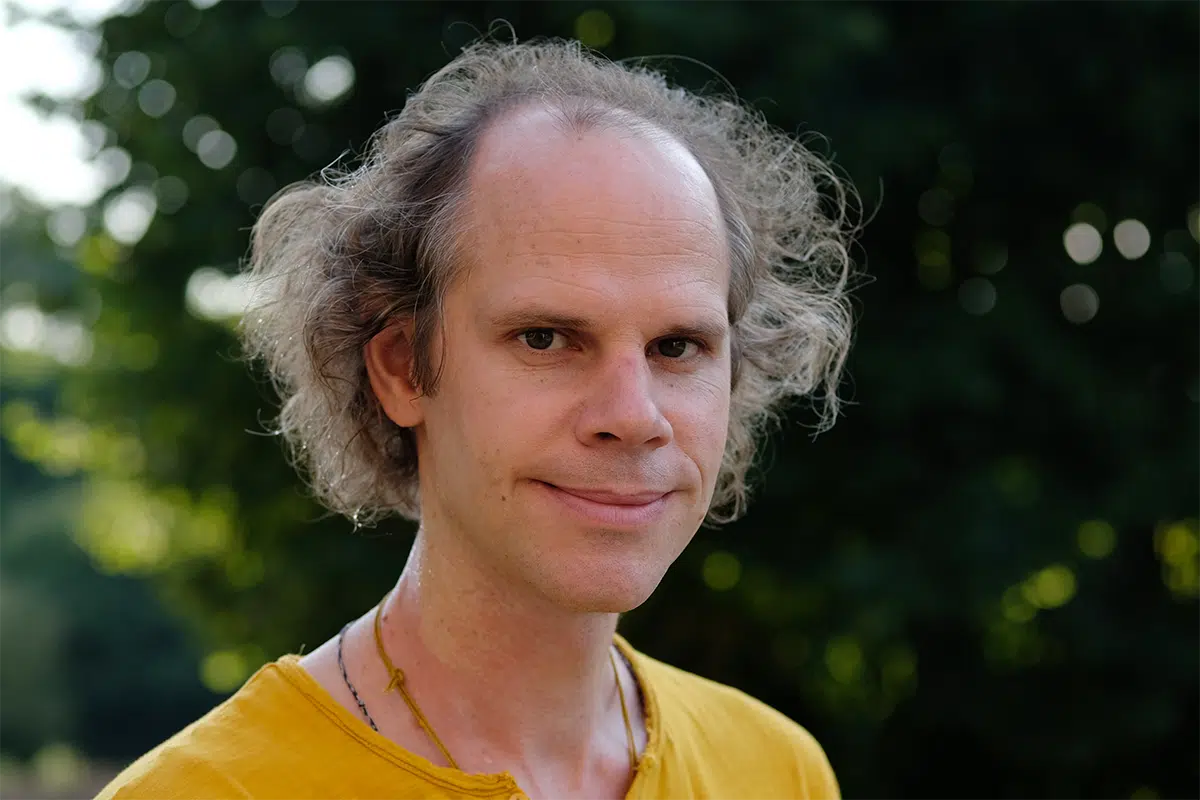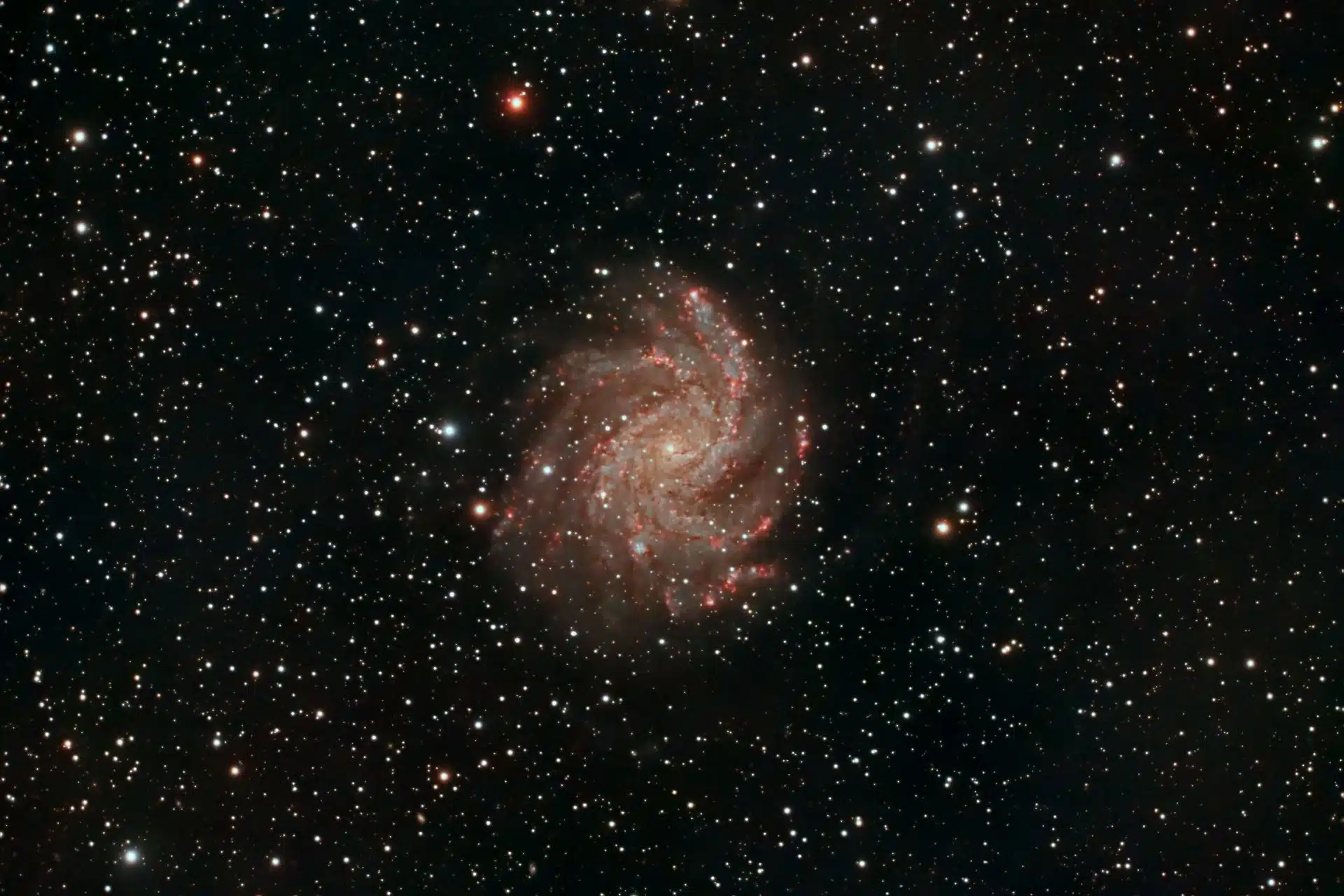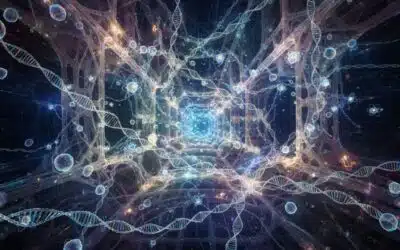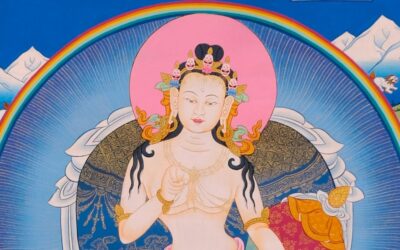For The Common Good

Written By Nils Derboule
Blog | Dzogchen practice | The Dzogchen basics
In this article “For The Common Good” Nils presents a view of the common good from the perspective of the Dzogchen path.
Series: How to practice the Dzogchen path?
For The Common Good
In recent years, the concept of the common good has been gradually eclipsed by more worrisome and frivolous news stories, which have sidelined the essential reflection on the common good that is at the heart of our societies.
Indeed, if this awareness of the common good is absent, what humanity can we refer to in the midst of destruction and war? What heritage can we preserve from oblivion? What meaning can we give to our actions? Defining and then inhabiting this notion of the common good is surely crucial to our very existence.
To refer to the common good is to refer to what constitutes us as a community – be it that of a nation, a group of individuals working together towards a common goal, or sharing common values. It is therefore a concept that can be read on different levels: material (planetary ecosystems) and immaterial (freedom), societal (children’s education) and universal (in Christianity, for example, the supreme common good is God).
In the Buddhist tradition, and by extrapolating this concept to Western societies, the ultimate common good may refer to Buddha nature – present in all beings, but veiled by adventitious defilements, notably ignorance of what we really are – while the relative common good would then consist of all our actions directec towards the temporary good of beings (saving lives, caring, etc.).
“All appearances of living beings, forests, buildings, sky, sensations, etc., are perceived as the natural manifestation of the ultimate good – the primordial nature of all beings.”
This is typically the proposal of the path of the vehicle of enlightened beings (the bodhisattvayāna): work for the common good via the five sublime trainings (generosity, discipline, patience, diligence and concentration), so that the ultimate common good is born: primordial knowledge. Once familiar with it, the actions of beings of enlightenment will then be performed for the ultimate common good of all beings: this is enlightened activity, which unfolds naturally via training in activity of compassion.
In the Great Perfection, the perspective is different, because that tradition takes the usual perspective in the opposite direction.
Indeed, in the Dzogchen view, there is only one universal and ultimate common good. This is found not as the result of a path, but at its very foundation.
This is first experienced when we are directly introduced to our own essential nature, and recognize it as such. We then recognize that in the immense, limitless vision that is present, all is Great Perfection-primordial nature (tib.: ka dag).
Then, when we have sufficiently returned to this first fundamental in-sight, which is the practice of Trekchö, we clearly perceive that the natural expression of the Basis of Reality is empty in essence, without object or direction. Maintaining the vision of this ultimate aspect of reality leads to the realization of the “small” rainbow body at the end of existence: all the elements of the physical body become imperceptible the moment the yogini/yogi’s activity becomes universal.
However, if the duration of existence permits, the yogi/yogini completes the path of Dzochen with the practice of Thögäl. On the basis of Trekchö, the spontaneous manifestations (tib.: lhun grub, pronounced “lhün drup”) of the four visions of Thögäl practice unfold, gradually reaching their Base, primordial purity. Then, all appearances of living beings, forests, buildings, sky, sensations, etc., are perceived as the natural manifestation of the ultimate good – the primordial nature of all beings.
From then on, all the yogi’s acts, thoughts and words are spontaneous activity for the common good. There is no longer any difference between intention and action, between action and result.
Mila Khyentse Rinpoche gives us an idea of what this might mean when we reach this stage of vision, when he says: “When we are thirsty and drink, all beings drink equally.”
The definitive realization of a Dzogchen yogi or yogini then manifests as the great rainbow body, or the body of great transference: the entire body is universal commons, limitless luminous radiance that penetrates the hearts of all beings.
This is their ultimate offering, the supreme common good.
More Posts
The ground of all Künshi
This article “The ground of all, Künshi” provide a better understanding of the essential words and concepts of Dzogchen.
The Four Testaments of the Vidyādharas
This article from Grégoire presents the" Four Testaments of the Vidyādharas", essential teachings from the early masters of Dzogchen.
The Story of the First Masters: Garab Dorje
“The Story of the First Masters: Garab Dorje” is the first article in a new category about the masters of the Dzogchen lineage.




